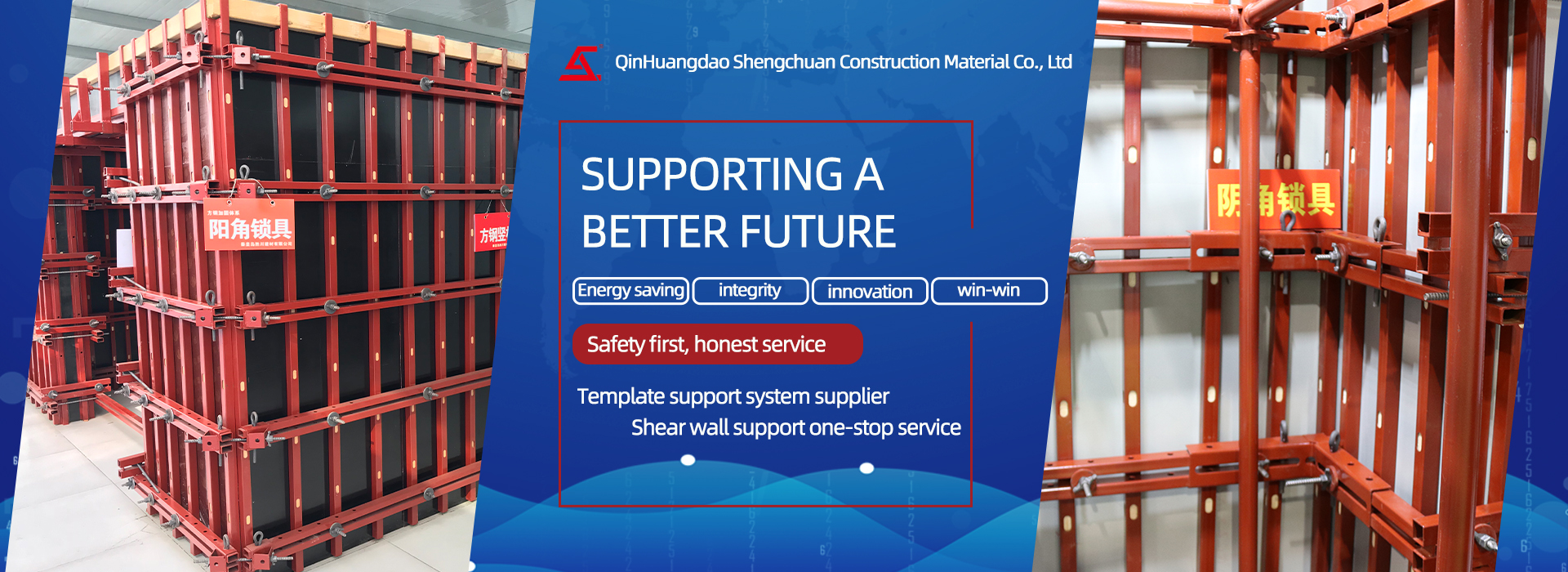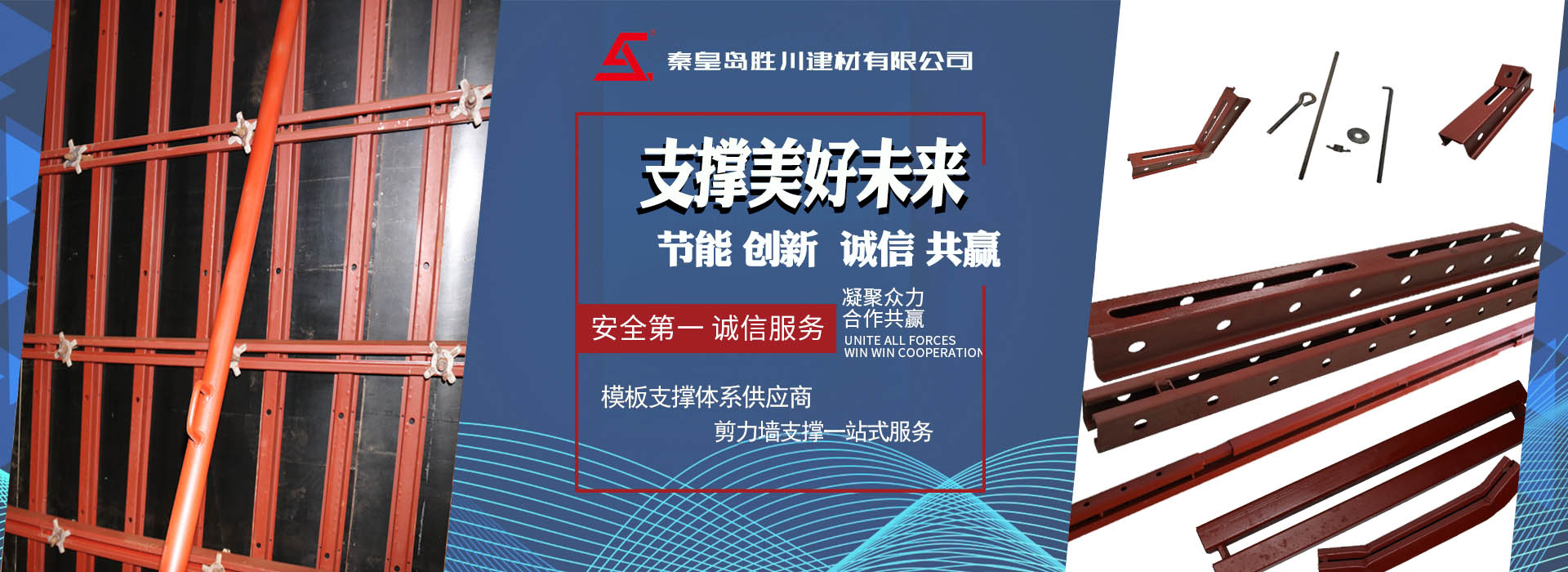
Building timber
Building timbers, commonly known as building timbers, are also called timbers, building timbers, mouth materials, formwork support timbers, etc. The main factors affecting the quality of building timber are pests, cracks, decay and deformation.
One application of building timber is the reinforcement formwork support in structural construction, commonly known as corrugated wood, which can play the role of reinforcement formwork. Building timbers have different effects in different environments. They are easy to crack in dry environments and are easy to be corroded in wet environments. At present, the main varieties of timber used for construction are: Australian pine, radial pine, Douglas fir, camphor pine, hemlock, spruce, etc.
The use of construction timbers causes a certain waste of resources, and its recycling rate is low. At the same time, it is easy to deform and insects stare at it, which is easy to cause accidents. Steel support systems are now widely used.
The advantages of using steel materials for formwork support system are:
1. The fixed support is adopted, the component is highly standardized, and the formwork removal quality is good.
2. Convenient construction and low operation difficulty of workers are conducive to the improvement of work efficiency and duration.
3. Replacing wood with steel can save wood, and it can be reused for many times.
4. The operation is convenient and reliable, the construction is simple and safe, and the management is convenient.
5. It has a significant effect on the forming quality of concrete members of internal and external corners and short-leg shear walls.
6. It has both specificity and versatility to avoid random operation by workers.
7. Reduce the labor intensity of workers, save labor and save costs.
It is the general trend that building timber is replaced by steel back ridge, and more and more enterprises are adopting steel back ridge.




 Jgw Anbei No. 13032202000134
Jgw Anbei No. 13032202000134


